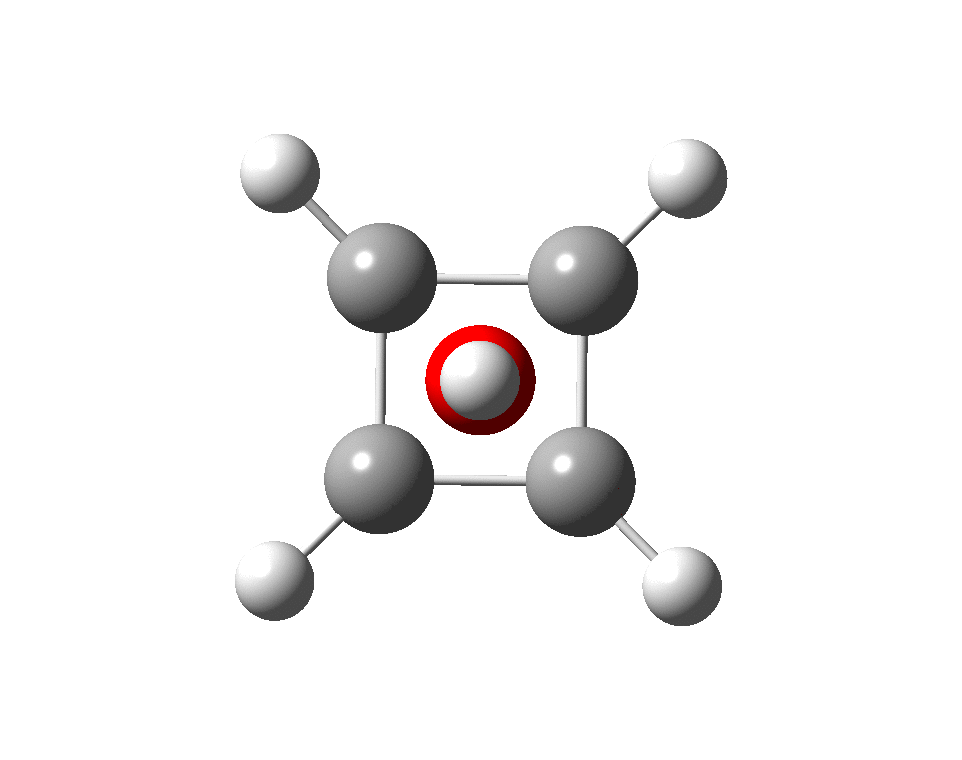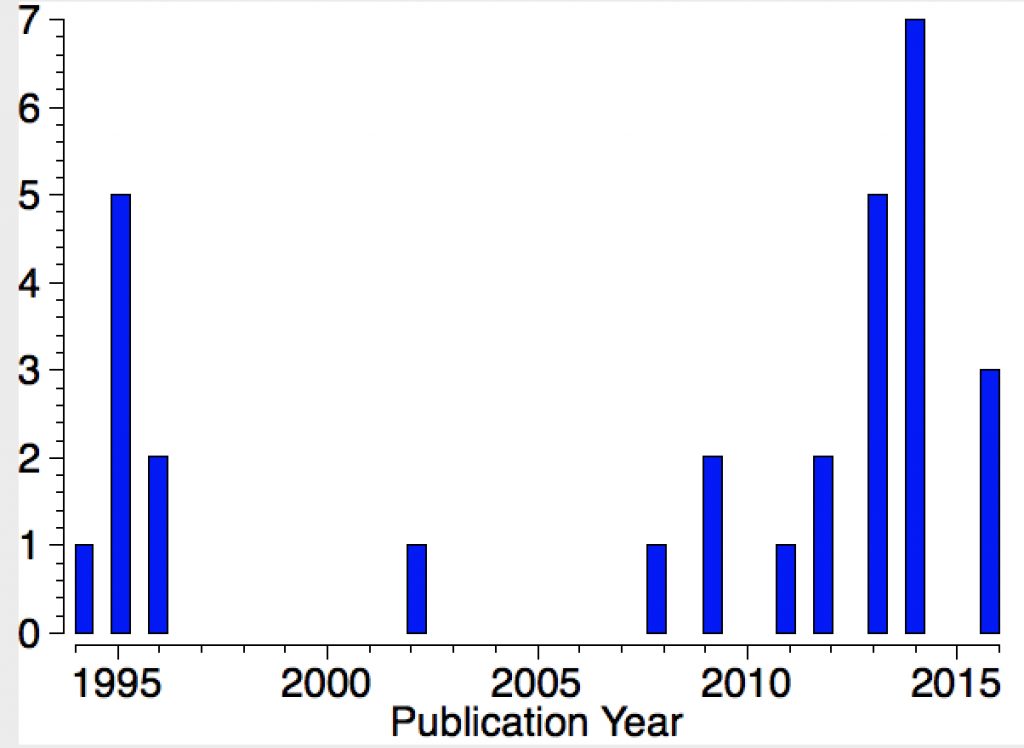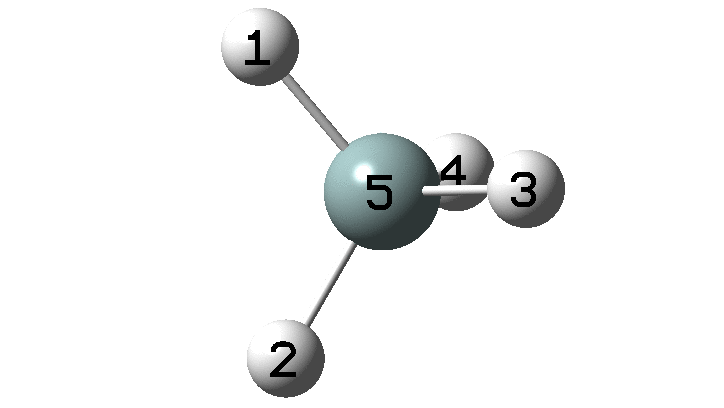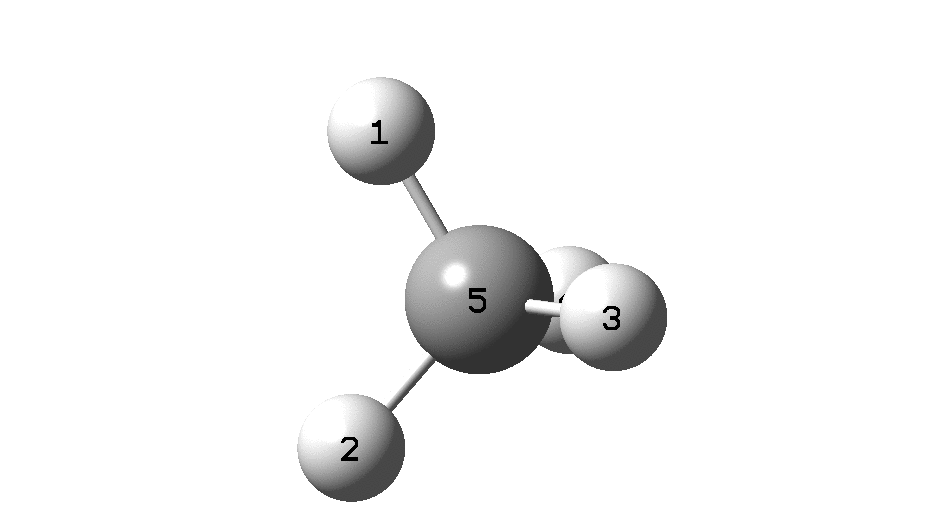
Occasionally one comes across a web site that manages to combine being unusual, interesting and also useful. Thus www.molinsight.net is I think a unique chemistry resource for blind and visually impaired students. If you think perhaps that it might be a little too specialised to be useful for you, go visit it first.





